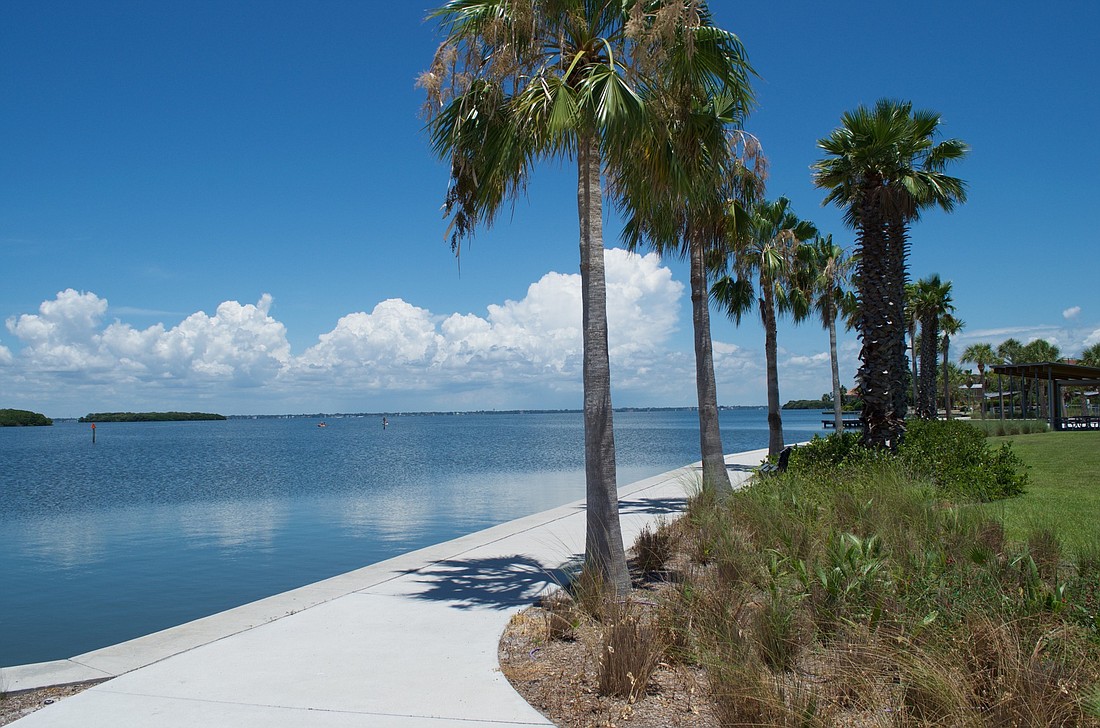- May 17, 2024
-
-
Loading

Loading

As population surges across Florida, a drinkable water shortage could be less than 20 years out, making water conservation methods particularly important to residents of Longboat Key and surrounding communities.
By 2040, statewide shortfalls of about 337 million gallons of water per day are projected, according to a water conservation presentation held March 28 on Longboat Key.
Water Resources Program Assistant for University of Florida Institute of Food and Agricultural Sciences Extension Jackie Lebouitz led the presentation at the town hall, which has since been posted to the town’s website and sent to organizations on the island.
She covered where local water comes from, steps to conserve water and what household items typically use the most water.
“(Conserving water) is inexpensive to basically free,” she said. “It’s a very easy thing to do passively.”
Of the water on Earth, about 97% is saltwater, leaving 3% as freshwater. That number is broken down even further into categories such as groundwater — the primary source of potable, drinking water.
“If you could put all the water on Earth in a gallon jug, the quantity readily available for human use would be less than a teaspoon,” Lebouitz said.
The majority of Florida’s water is underground in aquifers, which are layers of underground rocks or sand that hold water.
The Floridan aquifer provides drinking water for nearly 10 million people, including residents of Sarasota, Bradenton and Longboat Key.
Lebouitz touched on the personal experiences of people who ask her whether there is enough water to support the amount of people moving to Florida. Sarasota County is the 14th most populated county in the state out of 67 total counties.
Currently, there may be enough water to sustain the rapid population growth, but over time, without everyone taking steps to conserve water, Florida could be millions of gallons short of what it needs each day to comfortably provide water for residents and visitors.
Irrigation is where the most water is used at home.
A typical homeowner can use 50% or more of the home’s total water consumption for irrigation. Not only is it wasting a valuable resource, but it also can make plants more prone to disease or pest outbreaks and negatively impact local water bodies when fertilizers wash out of lawns and into neighboring water bodies.
Inside the home, about 24% of water used is flushing the toilet, 20% is used showering. The faucet uses about 19%, and the clothes washer uses about 17%. Lebouitz made particular note of the fact that 12% of water use in the home is from leaks.
“That’s a lot of water that we should be saving instead of wasting because there really is no benefit to it,” she said. “It’s really important to make sure to take care of those leaks.”
When looking to save water outside, Lebouitz suggests:
Checking for leaks is the best way to make sure you are saving and conserving water inside the home, along with more well-known tactics such as shorter showers, turning the tap off when brushing your teeth and only running the dishwasher when it's full.
Drinking local, meaning drinking from the tap, can also help conserve water and reduce plastics that end up in the ocean. It takes about 1.5 liters of water to produce a half-liter bottle of water and reducing use of water bottles is also a way to save money.